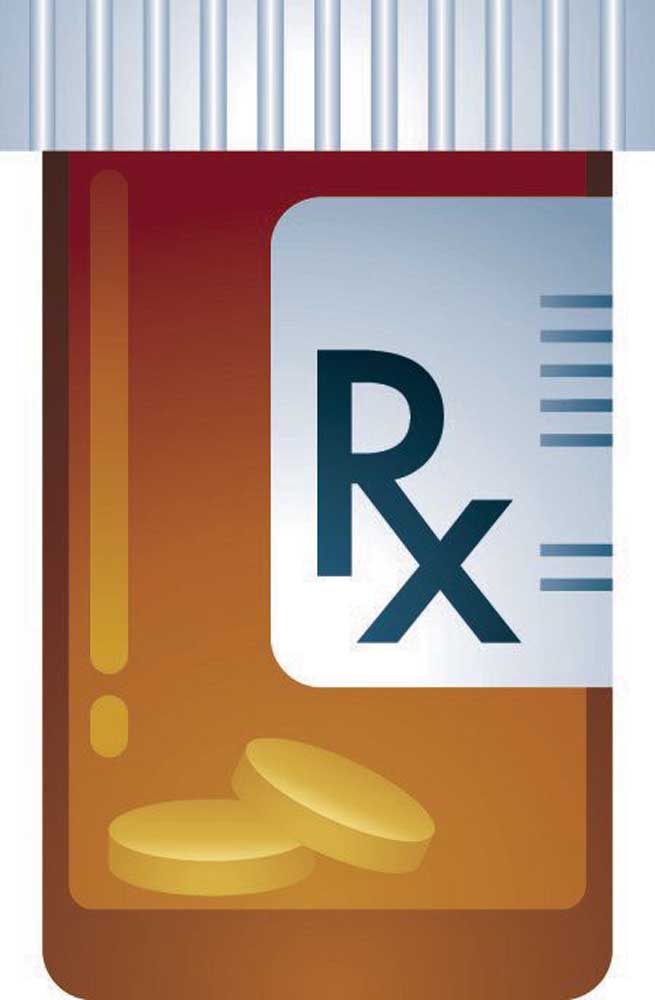Returning to a preantibiotic era
Published 10:32 am Tuesday, May 29, 2018

- Returning to a preantibiotic era
When Sir Alexander Fleming accepted the 1945 Nobel Prize in Medicine for his 1928 discovery of penicillin he warned, “It is not difficult to make microbes resistant to penicillin in the laboratory … and the same thing has occasionally happened in the body.”
Ninety years after discovery of penicillin, bacterial resistance is far worse than Fleming could have imagined.
Trending
This week, we review reasons for emergence of antibiotic resistance and current strategies to delay or reduce this trend. Antibacterial drug use in humans is emphasized. Antibiotic use in animals is beyond today’s scope.
Fleming’s accidental discovery of penicillin ushered in the era of “miracle drugs.” From the ‘50s through approximately year 2000, many potent new antibacterial drugs were introduced worldwide.
Antibacterial use increased and then expanded beyond treatment of infection to include prophylaxis (prevention of infection), veterinary medicine, animal feed additives to promote growth, and in consumer products such as soaps.
Antibiotics for nonbacterial infections were developed, including oseltamivir [Tamiflu]) for viral infections such as influenza, fluconazole [Diflucan] for fungal infections such as Candida vaginitis and chloroquine for protozoal infections such as malaria.
Antibiotics are an extraordinary example of what science can accomplish to better the human condition.
The “microbiome” refers to all microorganisms living on and within the body, and maintaining its integrity is increasingly recognized as important to human health. Most common infections are caused by a single species of microorganism, such as “strep throat” caused by Streptococcus pyogenes, or pneumonia caused by Streptococcus pneumoniae.
Trending
When an antibiotic is ingested, all susceptible microorganisms in the microbiome are killed, leaving a void to be filled by nonsusceptible (resistant) organisms. Microorganisms that become resistant to antibiotics are a superb example of Darwinian selection of the most “fit.”
These resistant organisms may cause another infection in the same patient or infect a patient in an adjacent hospital room.
Current examples of resistant microorganisms include Clostridium difficile, methicillin-resistant Staphylococcus aureus (MRSA), levofloxacin-resistant Escherichia coli and multi-drug resistant tuberculosis.
Experts have warned of a return to a “preantibiotic era” when infections can no longer be treated, resulting in morbidity and mortality similar to the days before penicillin.
Equally worrisome, as antibacterial drug resistance has increased, discovery and development of new and effective antibacterial drugs has nearly fallen to zero.
In 2014, more than 266 million antibiotic prescriptions were written for outpatients, equivalent to 835 antibiotic prescriptions for every 1,000 persons in the U.S.
Antibiotic use in hospitalized patients is substantially greater. As much as 30-50 percent of antibiotic use in humans is unnecessary or inappropriate, and a reduction in antibiotic use is the single most important strategy to contain or reverse resistance.
The strategy for improving antibiotic use is called “antibiotic stewardship” and includes three principles:
• Do not use an antibiotic(s) when benefits are negligible.
• Reduce the duration of therapy to the minimum necessary.
• Use prophylaxis only when proven effective and for minimum duration.
These stewardship principles support other critical elements:
• Prevention of infection, such as with pneumococcal vaccine and use of alcohol gels;
• Infection control strategies in hospitals, including hand washing and wearing gowns and gloving for vulnerable patients;
• New diagnostics to rapidly identify the infecting organism;
• Measuring the volume of antibiotic use and rates of resistance over time;
• Reducing antibiotic use in animals.
YOU SHOULD KNOW … If your health care provider is reluctant to write an antibiotic prescription for you or a loved one, understand that he or she may be trying to protect you from an unnecessary drug, and by doing so is contributing to world-wide efforts to halt a return to a “preantibiotic era.”
Mountain Medicine is written by Ron Polk, Pharm.D., Emeritus Professor of Pharmacy and Medicine at Virginia Commonwealth University and a Lostine resident, in consultation with Kelsey Allen, D.O., a family medicine physician at Mountain View Medical Clinic in Enterprise. The opinions expressed are those of the authors. The authors report no conflicts of interest.









